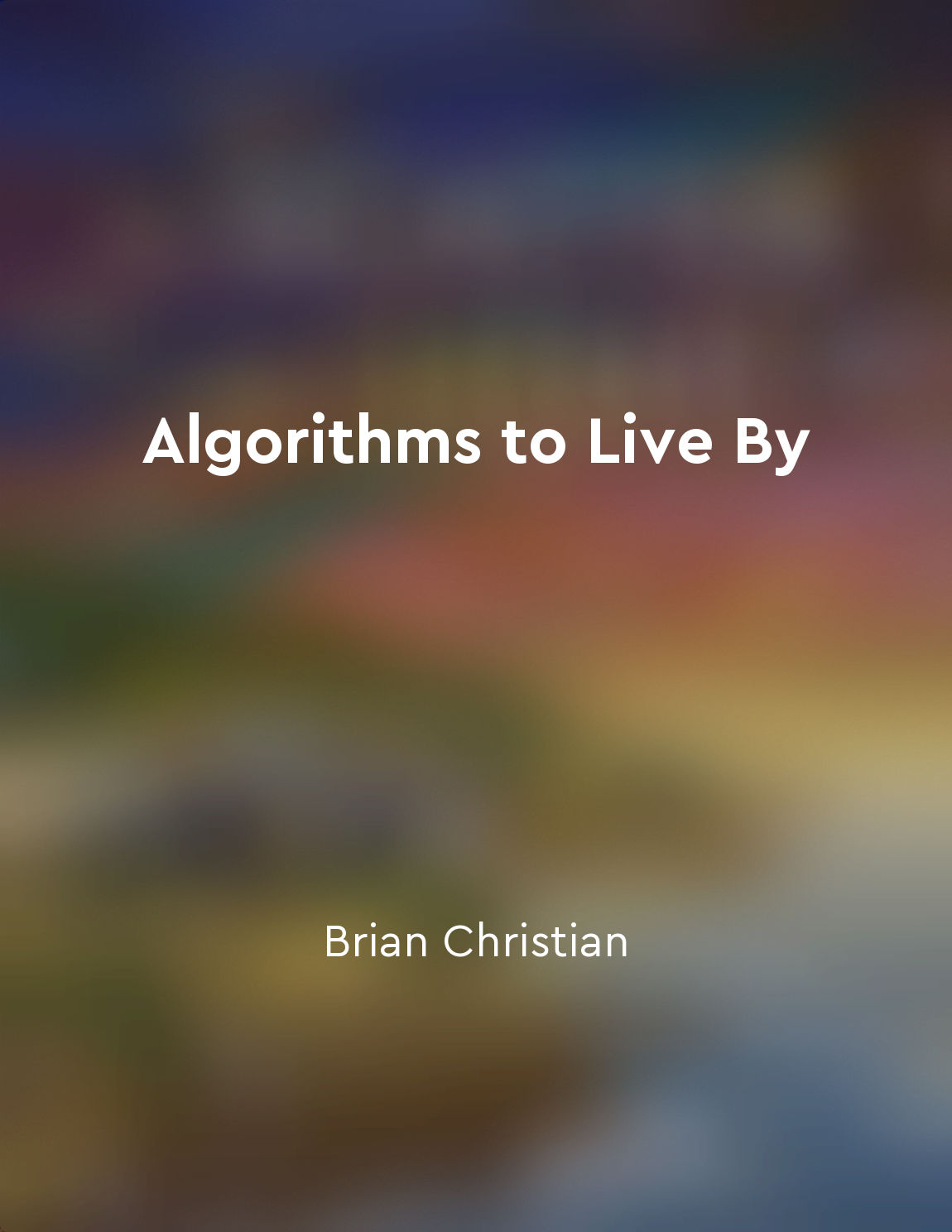Bipartite graphs separate vertices sets from "summary" of Introduction to Graph Theory by Douglas Brent West
A bipartite graph is a graph whose vertices can be divided into two disjoint sets such that every edge connects a vertex in one set to a vertex in the other set. This property of bipartite graphs is fundamental to their structure and behavior. One key implication of this property is that bipartite graphs separate their vertices into distinct sets. Each set contains vertices that are only connected to vertices in the other set, and no edges exist between vertices within the same set. This separation is a defining characteristic of bipartite graphs and plays a crucial role in understanding their properties and applications. The separation of vertices sets in bipartite graphs has important implications for various graph-theoretic concepts and problems. For example, when considering the connectivity of a bipartite graph, the separation of vertices into distinct sets simplifies the analysis of paths and cycles between vertices. This separation also facilitates the study of matching problems, where the goal is to pair vertices from one set with vertices from the other set in a way that maximizes certain criteria. Furthermore, the separation of vertices sets in bipartite graphs enables the application of various algorithms and techniques that exploit this structure. For instance, algorithms for finding maximum matchings in bipartite graphs leverage the separation of vertices sets to efficiently identify optimal pairings between vertices. Similarly, the separation of vertices sets can be utilized in graph coloring algorithms to assign colors to vertices in a way that satisfies certain constraints.- The concept of bipartite graphs separating vertices sets is a fundamental aspect of their structure and behavior. This separation not only distinguishes bipartite graphs from other types of graphs but also underpins many of their unique properties and applications in graph theory and related fields.
Similar Posts
“GIL” can impact performance in multithreaded applications
The Global Interpreter Lock (GIL) in Python is a mutex that protects access to Python objects, preventing multiple threads from...

Takers may rise quickly but fall hard
Takers may rise quickly but fall hard. They engage in a constant quest to get ahead, often at the expense of others. They prior...
Utilizing patterns and trends in solving puzzles
To become proficient in solving puzzles, one must be able to identify patterns and trends that are present within the given inf...

The "correlated equilibrium" concept helps us understand how to make decisions in a strategic environment
In the realm of game theory, the concept of "correlated equilibrium" offers a valuable framework for navigating strategic decis...
Graph coloring strategies map vertices colors
One way to understand graph coloring strategies is to think of them as a way to assign colors to the vertices of a graph. Each ...
Topological sorting orders tasks precedence
Topological sorting is a fundamental concept in graph theory that is used to represent tasks or events that have a precedence r...
Connectivity optimize communication networks
Connectivity plays a crucial role in optimizing communication networks. By ensuring that each component of the network is conne...

